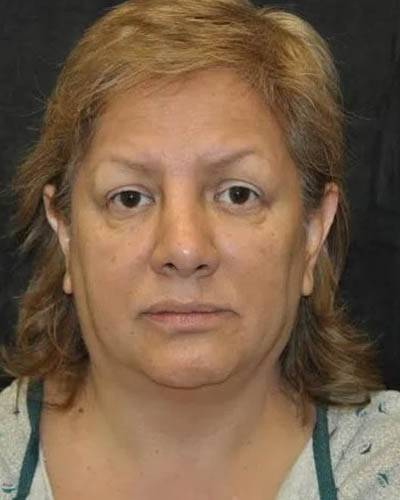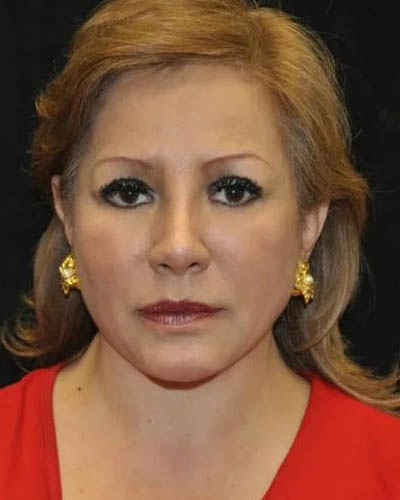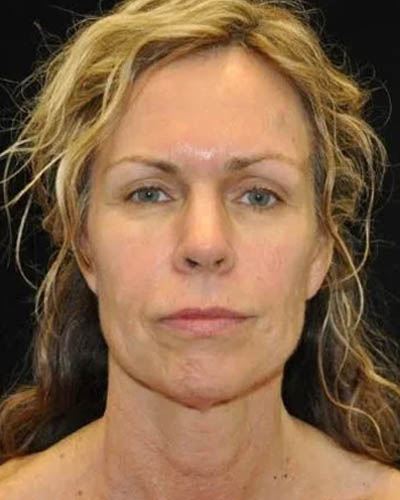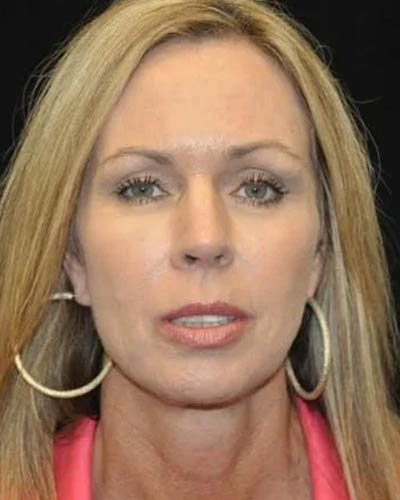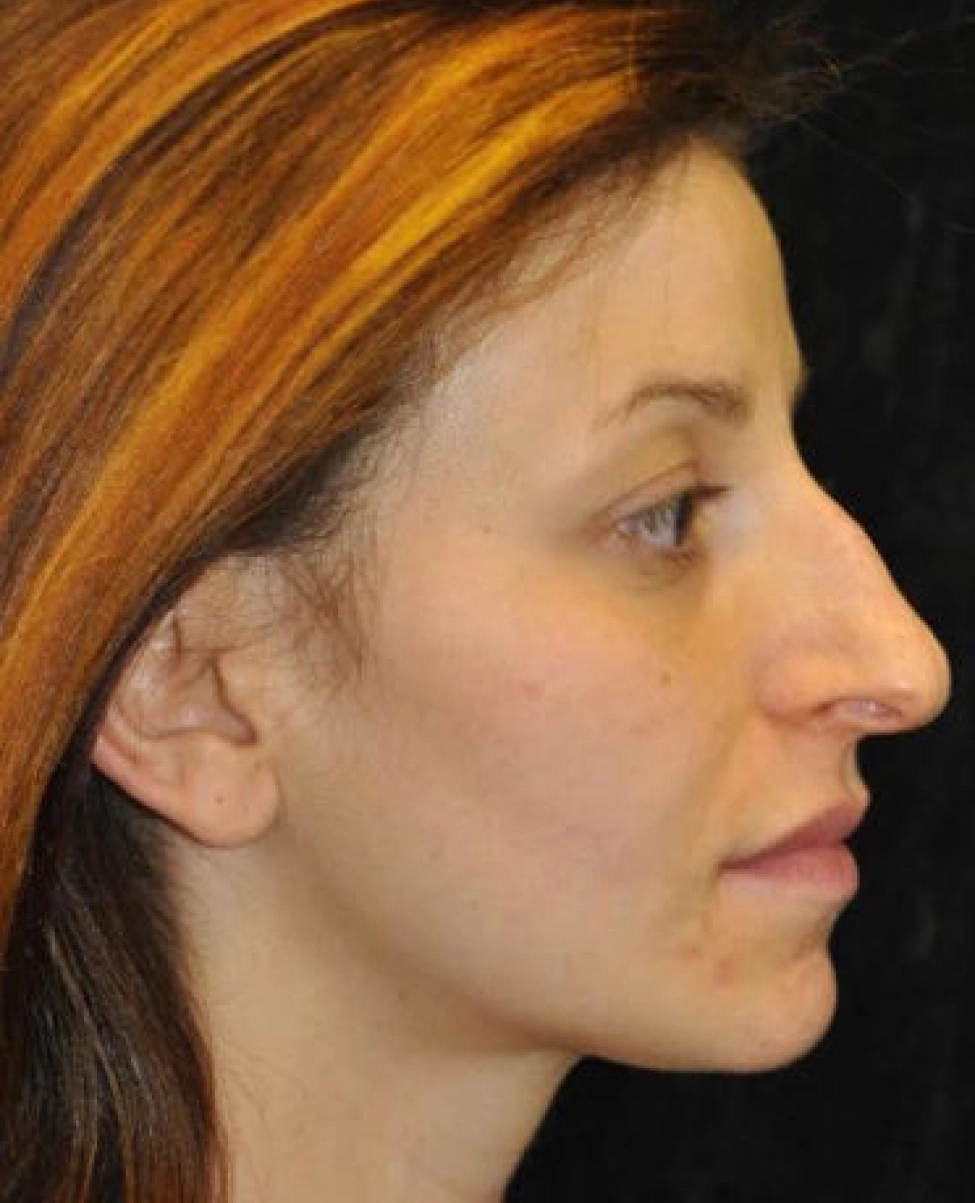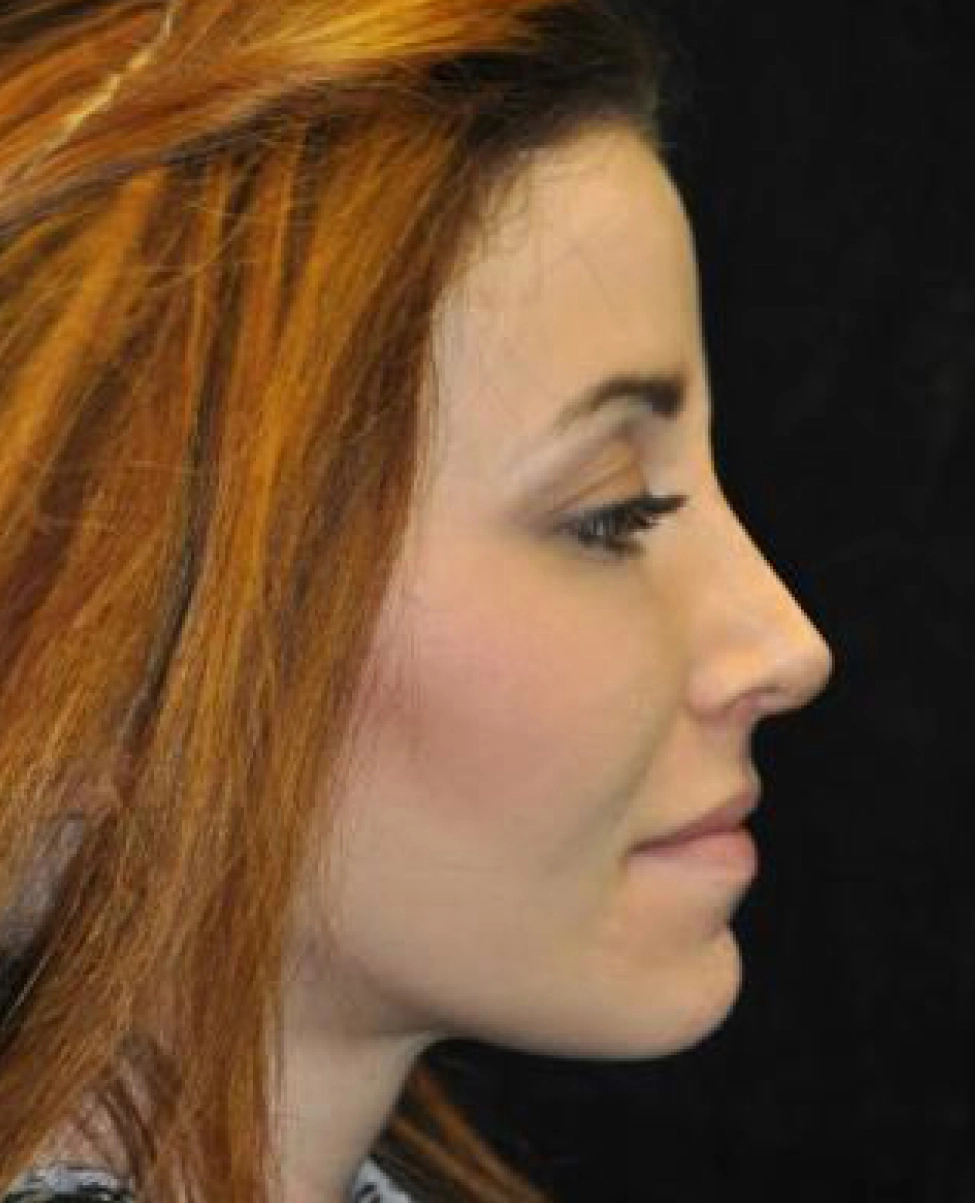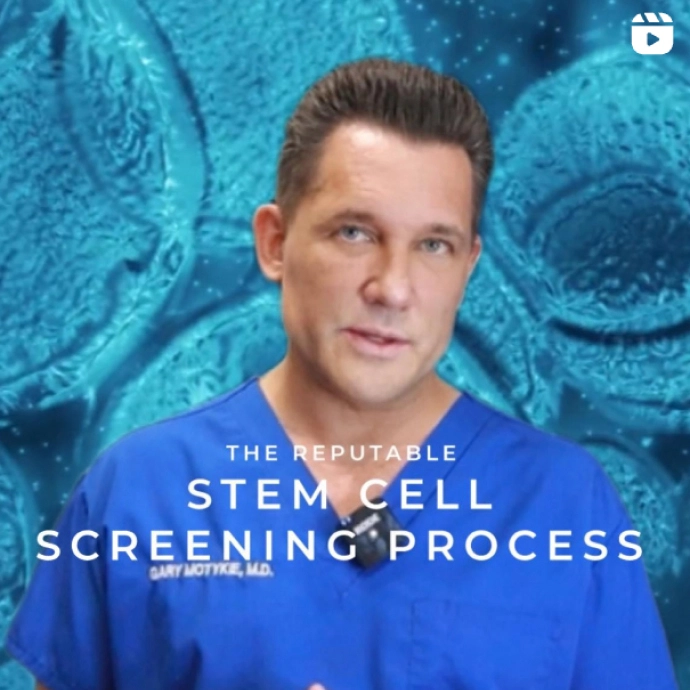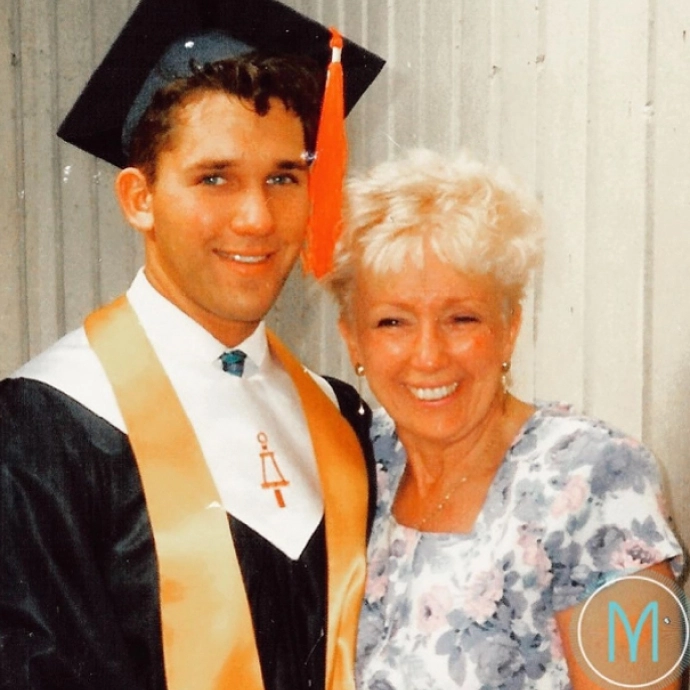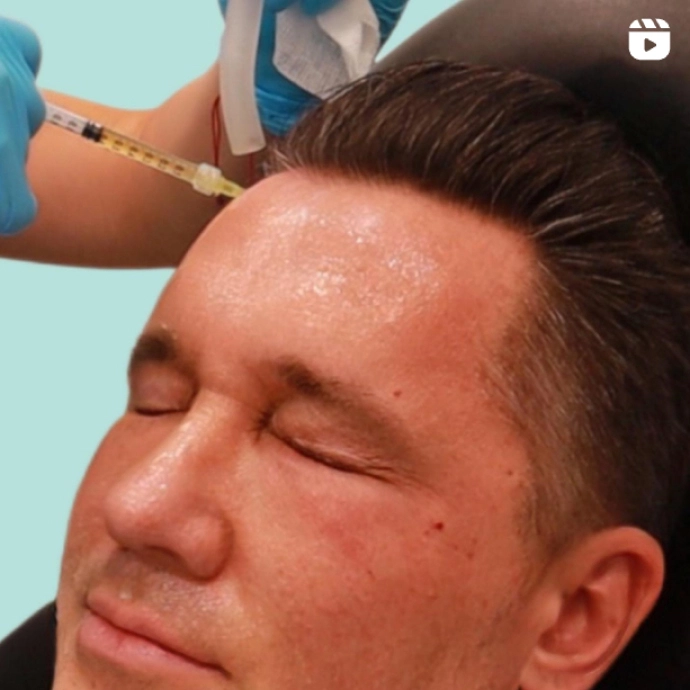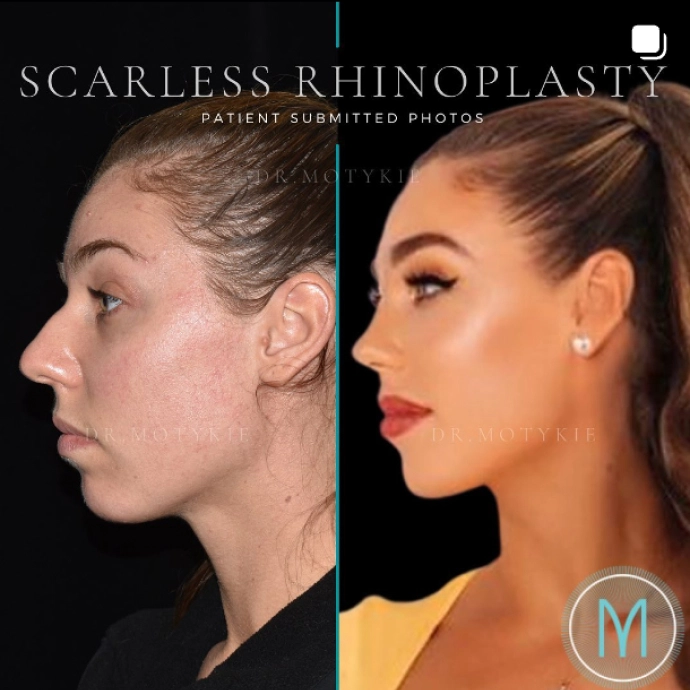- Face
- Breast
- Body
- Injectables
- Skin
- Celluma Led Light Therapy
- Chemical Peels
- Hydrafacial
- IPL Photofacial
- Laser Hair Removal
- Laser Skin Resurfacing (Laser Genesis)
- Medical Grade Facials
- Morpheus8
- Microneedling
- PRFM / PRP (EZ Gel)
- RF BTL Exilis
- Spider Veins & Vascular Leisons+ (ExcelV)
- Sun & Brown Spot Removal
- Stem Cell Facelift
- Thread Lifts
- Anti-Aging
- Hair
- About
- Locations
- Gallery
- Resources
- Consultation
 Nearly 40 percent of all bone injuries in cases of facial trauma result in nasal fractures. The treatment begins with primary care.
Nearly 40 percent of all bone injuries in cases of facial trauma result in nasal fractures. The treatment begins with primary care.
This will involve an evaluation of the the extent of the injury, determining the causes of the injury, and reviewing the shape of the nose and face prior to the injury.
A rhinoplasty surgeon can provide appropriate treatment for a nasal fracture. Prudent board certified plastic surgeon Dr. Gary Motykie provides rhinoplasty to patients in Beverly Hills, West Hollywood, Los Angeles, and surrounding communities across the horizon.
Types of Nasal Fractures
Nasal fractures can be of different types. If left untreated, some of these fractures can cause obstructions in breathing and result in a deformed or crooked nose.
The fracture can occur at any place in the nasal “bony pyramid.” This is the pyramid-like bony structure that extends from the face. Different nasal fractures will require different kinds of osteotomy to reset or rejoin the bones.
Greenstick Fracture
This type of fracture occurs along the edges of the nasal bones. A Greenstick fracture is seen more frequently in children whose bones are softer and still developing. As the child’s nasal bones are highly flexible, these types of fractures are often partial instead of fully broken bones.
Saddle Deformity
These are more severe nasal fractures, which may cause the septum and the nasal bridge to collapse and become concave into the face. This creates a saddle-type shape, which becomes apparent when the face is seen in profile.
This deformity may occur due to acute trauma to the face or even because of a breakdown of the cartilage following a prolonged habit of drug snorting. To treat such cases, the nose surgeon will incorporate rib bone tissue from the cartilage or a donor to recreate the septum and bridge.
Comminuted Fracture
This type of nasal fracture occurs when the bone breaks into three pieces or more. The nose surgeon will remove the tiny bone fragments which could cause severe complications if left untreated. The bones within the nose are also aligned into position. This condition may occur typically in elderly patients with weak bones who suffer a nasal fracture.
Le Fort Fractures
In some cases, a serious facial injury could lead to damage to the bones that lie behind the nose, also called the maxillae. The maxillae consist of two bones that constitute the palate and upper jaw and offer support to the nasal structures. This fracture is known as Le Fort fracture and is categorized into three types.
Le Fort I fracture may occur in a horizontal position, resulting in damage to the nostril and the jaw line. Le Fort II fracture will cause damage to the maxillae below the eye sockets around the nose bridge. A Le Fort II fracture will damage the bone in a pyramid-like shape. The fracture may extend from the nasal bridge to the corners of the mouth in an inverted V shape.
Le Fort III fracture may involve the orbital sockets, which refer to the bony structure around the eyes. Le Fort fractures are considered a severe condition. They should be promptly treated to avoid long-term damage to the palate or the brain.
Caring cosmetic surgeon Dr. Gary Motykie receives patients from Beverly Hills, West Hollywood, Los Angeles, and other cities and towns in this region of The Golden State for rhinoplasty.
Click here for Virtual Consultation
- To see more services and treatments provided by Board Certified Plastic Surgeon, Dr. Motykie in Beverly Hills | Los Angeles | West Hollywood and his team please visit:

